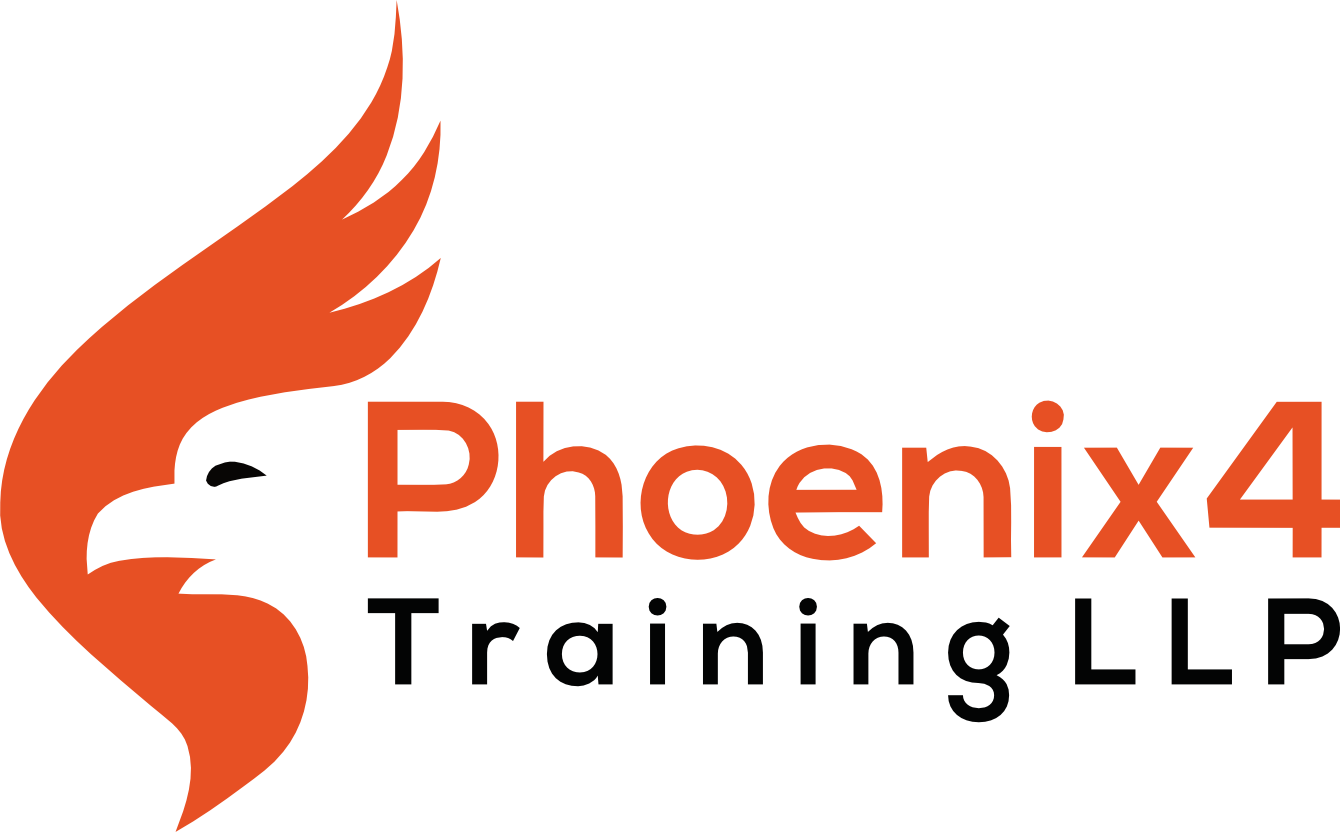
What are the different apprenticeship levels equivilent to?
It’s likely you’re aware of the different types of apprenticeship programmes available. There are many different apprenticeship levels,each equivalent to either GCSE’s, A-Levels or university degrees.
Here is your guide to what’s what
Eligibility and funding requirements apply to all levels and initiatives. Roles and duties of candidates will be evaluated in accordance with the programme to ensure that they can complete the apprenticeship (and that it is at a level appropriate for them).
For each programme, Phoenix 4 Training conducts a skills scan. This implies that before we begin the enrolment process, we determine if a candidate engages in enough activity in their employment to successfully complete that programme level.
The service you use and your own choices as an employer will have no bearing on the entrance requirements. For higher level apprenticeships in particular, there may be specified requirements for applicants to be admitted on a course, such as formal degrees.
Different levels of apprenticeships
Levels two through seven, with seven being the highest, make up the various levels of apprenticeship qualifications. They are divided into four categories: Intermediate, Advanced, Higher, and Degree apprenticeships. Here is a list of each level's components.
An intermediate apprenticeship is what?
Apprenticeships at the intermediate level are the first ones. With the help of these programmes, students can begin the process of preparing for their future careers. Intermediate apprenticeship schemes can develop workers' abilities and increase employee retention.
An advanced apprenticeship is what?
Depending on the scheme, advanced apprenticeships may run up to two years. They are the equivalent of two A-level passes, and in some cases, applicants may need to have already earned certain credentials in order to enrol in the programme. Apprenticeships are a stepping stone to higher apprenticeships and can be completed by school or college leavers.
What is a higher apprenticeship?
Depending on the level, higher apprenticeships are the equivalent to the first year of an undergraduate degree or a foundation degree. During these programmes, learners continue their education while expanding their skills and gaining work experience (but without building up student debt).
A degree apprenticeship is what?
The top tier of apprenticeship programmes is a degree programme. Although apprenticeships are equivalent to Bachelor's and Master's degrees, students work towards a fully paid degree. Over the three to six years it takes to finish the apprenticeship, depending on the level of the course, they will earn a salary, develop specialised skill sets, and gain industry experience.
and finally…
Explaining Apprenticeship Levels
The various levels of apprenticeships range from Level 2 to Level 7, all divided among the aforementioned areas. Depending on the course, apprenticeship training can be completed in two to five years.
A Level 2 apprenticeship?
An apprenticeship at Level 2 is considered advanced. Level 2 apprenticeships don't have any official admission requirements, and they're also a wonderful beginning point for higher-level apprenticeships. These apprenticeships are typically accepted as being the equivalent to GCSE standards, despite being a whole different sort of study.
A Level 3 apprenticeship?
Level 3, the advanced apprenticeship level, is the following step, which is frequently a logical one for students who have passed Level 2. Like all other levels, learners who complete this apprenticeship will receive a recognised credential in addition to a tonne of practical work experience.
Generally speaking, two A-level passes are equivalent, and the employer will determine the admission criteria and levels of industrial experience.
An apprenticeship at Level 4?
The first of the higher apprenticeship levels, Level 4, is equal to the first year of an undergraduate degree. Despite being at a higher level, just like in all other programmes, applicants for apprenticeships must have the appropriate roles and responsibilities.
An apprenticeship at Level 5?
The foundation degree-equivalent Level 5 is the second level of higher apprenticeships. Since it's a higher level, it's common to see employers make some more specific requirements.
Because of the program's level, the majority of applicants might need to demonstrate a certain level of competency before being admitted to the course. In order to determine whether their present role and responsibilities are high enough for them to do the apprenticeship, they will also need to complete a skills scan.
An apprenticeship at Level 6?
The Level 6 degree apprenticeship, which is the first of the degree apprenticeships and is typically offered by universities, is comparable to a bachelor's degree. There may be some unique criteria for a degree apprenticeship, such as GCSEs and Level 3 certificates (such as an advanced apprenticeship, A Levels, BTEC, or NVQ).
However, some training providers or employers might require fewer qualifications if a candidate has prior experience in the field.
An apprenticeship at Level 7?
A master's degree is the equivalent of Level 7. There may be some entry requirements as it is the highest level apprenticeship. They are again specified by the employer or provider, but examples include:
a Level 4 or 5 apprenticeship or a comparable credential
an apprenticeship experience at Level 6 that is pertinent to the apprenticeship
A Level 7 apprenticeship, like all other apprenticeships, can be finished after college, giving graduates who wish to continue their education but may not want to pursue a Master's degree another option. As the most difficult apprenticeship level available, apprentices will face the same academic challenges as they would in a Master's programme while also juggling a job.
